I have been teaching language learners for 20+ years and love it! I completed my student teaching in a 3rd Grade classroom in the Chicago Public School system. Soon after, I graduated with a Bachelor’s Degree in Education and a minor in Spanish.
Mexico-2nd Grade
Through a series of connections, I landed my first teaching job in a 2nd Grade classroom at an American school in Mexico. I completed a 2 year contract there. All of my students were Spanish speaking, except for one English-speaking American and two Korean students.
Korean Students
In the middle of my first year, a new girl from South Korea joined our class. My second year, the same thing happened. These girls came at different times and only spoke Korean. They didn’t speak any English or Spanish. Moreover, I didn’t speak any Korean!
I learned quickly, that teaching language learners well required a teaching style that was visual, organized and consistent. Watching these girls progress in the English language blew me away!
Indiana–1st Grade Sheltered English
After two years in Mexico, I returned to Indiana where I was born and raised. There, I got a job teaching English as a Second Language (ESL) in the morning and a 1st Grade Sheltered English classroom in the afternoon.
In my case, Sheltered English meant all of the students were Spanish speaking, learning English. At the beginning of the year, our instruction started off in their native language (Spanish). It then gradually shifted to English. By the end of the year, I used almost 100% English during instruction throughout the day.
The Sheltered English class is where I met the teacher that has left the greatest impact on me. Her style for teaching language learners was so simple, yet extremely effective.
Empty Walls
At the start of the year, she put NOTHING on her walls. Her style was bold in that parents typically want to see a colorful and inviting classroom on the first day of school. However, her methodology was ingenious. Yes, the walls were empty on the first day of school. Then, little by little, each day, WITH the children, she filled them. From day one, the walls were alive and active in the minds of the children because the children helped put the content up and they knew what was there!
Sight Word Sentences
In addition, she introduced me to the idea of teaching language learners to read by writing sight word sentences.
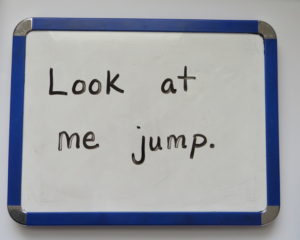
18+ years later, I’m still using this strategy as I continue to teach children to read and write.
In fact, I explain most simply how to get started with sight word sentences in my post titled, “An Easy and On-Going Spelling Strategy.”
After my first year in Indiana, this teacher left to be home with her growing family. I then took over the Sheltered English class for the entire day.
China–High School
After two years in Indiana, I felt a strong urge to teach abroad again. Again, through a series of events and connections, I landed at a public high school in Wuhan, Hubei, China teaching spoken English. I visited 20 separate classes each week. Each class consisted of about 60 students.

There wasn’t a curriculum or lessons to follow for the spoken English classes. Additionally, all I had to work with was chalk and a chalkboard. Two years in, I had developed 130 lessons to encourage spoken English.
There in Wuhan, China is where I truly learned to create engaging lessons with very little.
North Carolina–Dual Language-Kindergarten
I lived and taught in China for 5 years and ONLY came back to get married. When I went to China, I didn’t think I’d return to the states. I loved it there! Additionally, I have American friends who have been there for 20 years and are still there. However marriage, the green of North Carolina and the most recent addition of my 4 children have captured my heart and I’m hoping we’re here to stay!
Here in North Carolina, I took a job teaching a Dual Language Kindergarten classroom. You can read the detailed start of that in my post about binders. The class was made up of 50% Spanish speaking students and 50% English speaking students.
In the morning we taught reading and writing in Spanish. We taught Math, Science and History in English in the afternoon. I’ll tell you, I LOVED teaching Kindergarten!!
The truth is, that first year of teaching was my most difficult to date. I had just come back to the states after 5 years. It was my first year of marriage and also my first time teaching Kindergarten. Those factors combined made the year VERY DIFFICULT. Still, I LOVED the age, the kids, the beginning of reading and writing. It’s hands down my favorite grade to teach.
I spent 2 years in Kindergarten before being moved to the Dual Language 3rd Grade classroom. I was there 2 years and then my 2nd son was born. That’s when I decided to leave teaching full time to be at home.
Substitute Teaching
After 5 months of being home, my husband’s job shifted so he had Mondays and Tuesdays off. I decided to substitute teach those days to stay in the loop. I did most of my subbing at the bilingual school which I really enjoyed. Knowing the staff and students made it a good fit for me.
Summer Writing Camps
Over the course of that first year, a friend of mine who teaches after school art during the school year and half day art camps during the summer asked me if I’d be interested in teaching an afternoon camp to go along with her morning art camp. I hesitantly agreed, wondering, “what should I teach?”
She and I had partnered with the Duke Lemur Center to write a book about Lemurs using children’s illustrations. Having just finished that book, writing was at the forefront of my mind. (You can read more about the history of our partnership and the book in the Lemurs Introduction)

I reluctantly suggested, “Writing? Should I teach writing?”
The honest concern/question for me was, “What child goes to a writing camp in the summer?” I like to write. But how many children actually like writing enough to want to spend their summer doing it?!”
Making Writing Fun
I decided to go with writing and my immediate goal was to make it fun, to defy the assumption that the camps would be academic and dull.
I’ll admit, my first few workshops and first full summer weren’t flashy. They weren’t great. But it was a start. And I quickly acquired ideas and the whole process became super fun for me and for the kids.
I taught those summer camps and year round workshops for 7 years until COVID hit March of 2020. Since then, I’ve been teaching online writing classes to students ages 7-15. If you’re concerned about your child’s writing, or have a child who simply loves to write a great, story, I’d be delighted to work with him or her. Friends and cousins even connect from across the states through my classes. You can learn more about these online writing classes HERE!
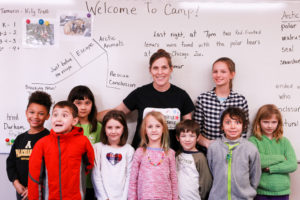
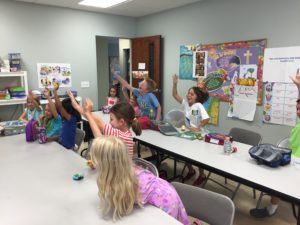
Teaching Drawing
(Back to the pre-COVID timeline) That same year that I started teaching summer writing camps, I also began teaching after school art for the same friend. I talk more about that in my post titled, “Drawing With Your Young Children Has Long Term Benefits.”
Namely, the way that I teach writing was largely influenced by her gentle step-by-step approach to teaching drawing. Just like her students use sharpie to draw, my students use pen to write. This teaches children how to face and confidently problem solve as they write out their stories and complete their artwork. The way she teaches drawing turned out to be completely transferable to teaching writing!
Above all, her students’ artwork stun parents all the time! Be sure and check out her students’ gallery of drawings here! As a result of COVID-19, she now offers her drawing lessons on line. The first class is a free trial. You can learn more and sign up here!
Starting a Blog
Lastly and finally, in the midst of teaching year round writing camps as well as after school art classes, a sweet friend of mine told me about her homesteading blog. Over the course of a long conversation with her, I decided that I wanted to put my writing ideas and lessons online for teachers and homeschooling parents to use.
Mainly, as a former full time teacher and new homeschooling mom, I understood how hectic planning can get. I wanted to provide a place where parents and teachers can quickly go to print out and use a guided writing lesson.
Additionally, the sight word sentences and guided writing lessons help language learners grow in their knowledge and use of the language they are learning. I am an English speaker that learned Spanish and Chinese. Moreover, I have been teaching language learners for 20+ years. I know first hand that the lessons and strategies that I post can be used with many languages.
For example, my boys just finished 1st and 2nd Grade. This month, I began using the exact same writing strategies that I used to teach them to read in English, to teach them to write and read Spanish.
So here I am!
I truly hope to serve as a resource for you. If anything on the website is ever unclear or you have questions about teaching writing, please don’t hesitate to ask!
To get started you can browse:
Complete Guided Writing Lessons for Grades K-5

Easy Art Accents that Motivate Children to Write
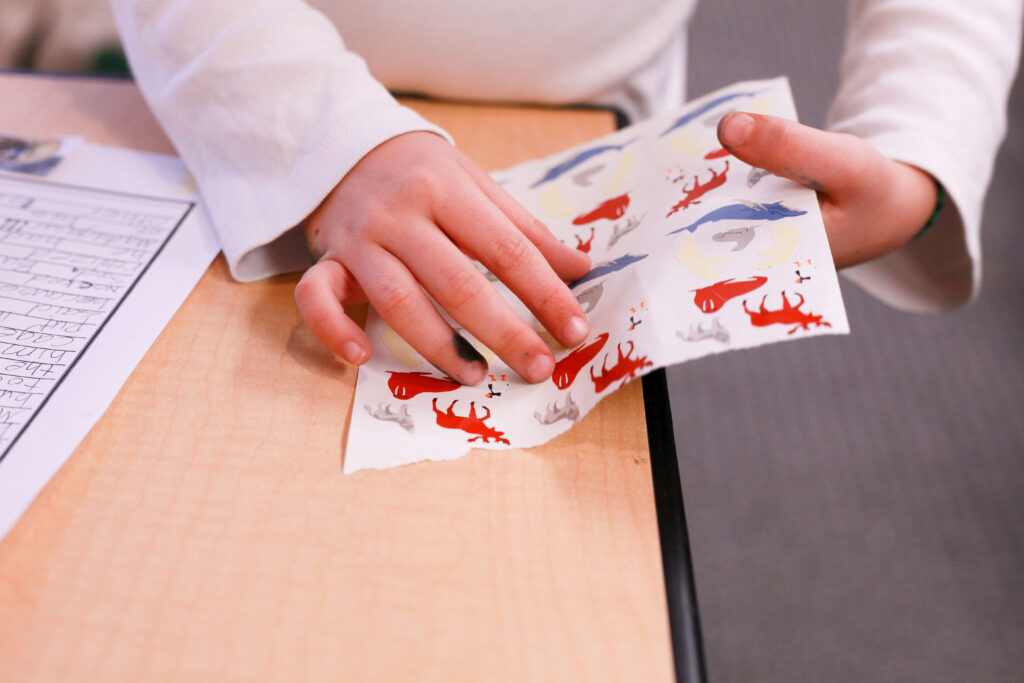
Writing Games that Support Grammar, Spelling and Vocabulary
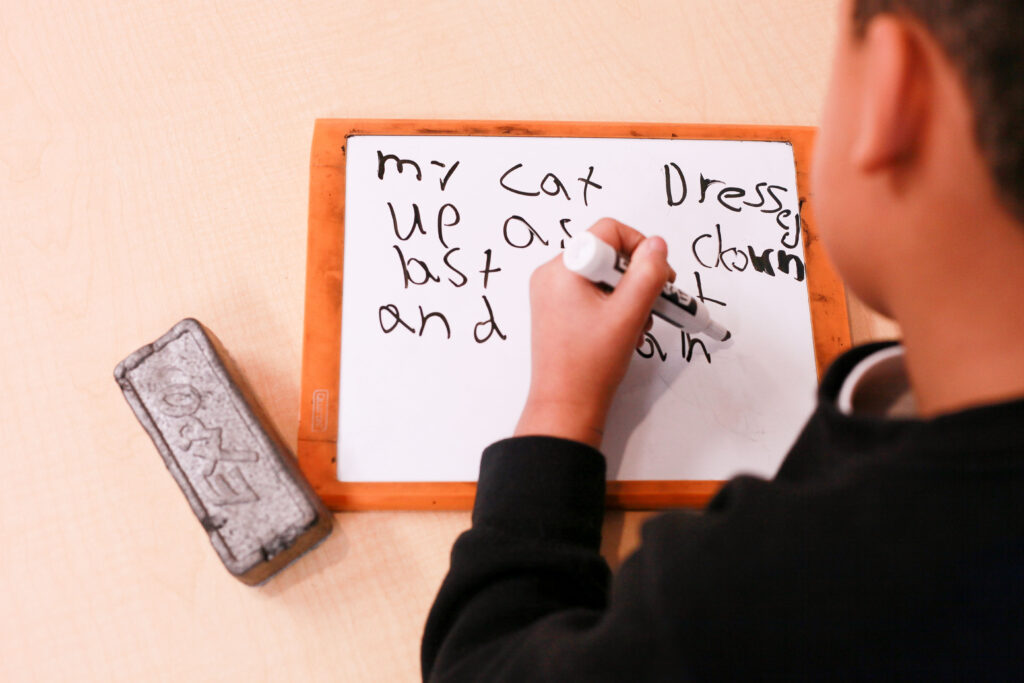
Talking Games that Foster Out of the Box Thinking
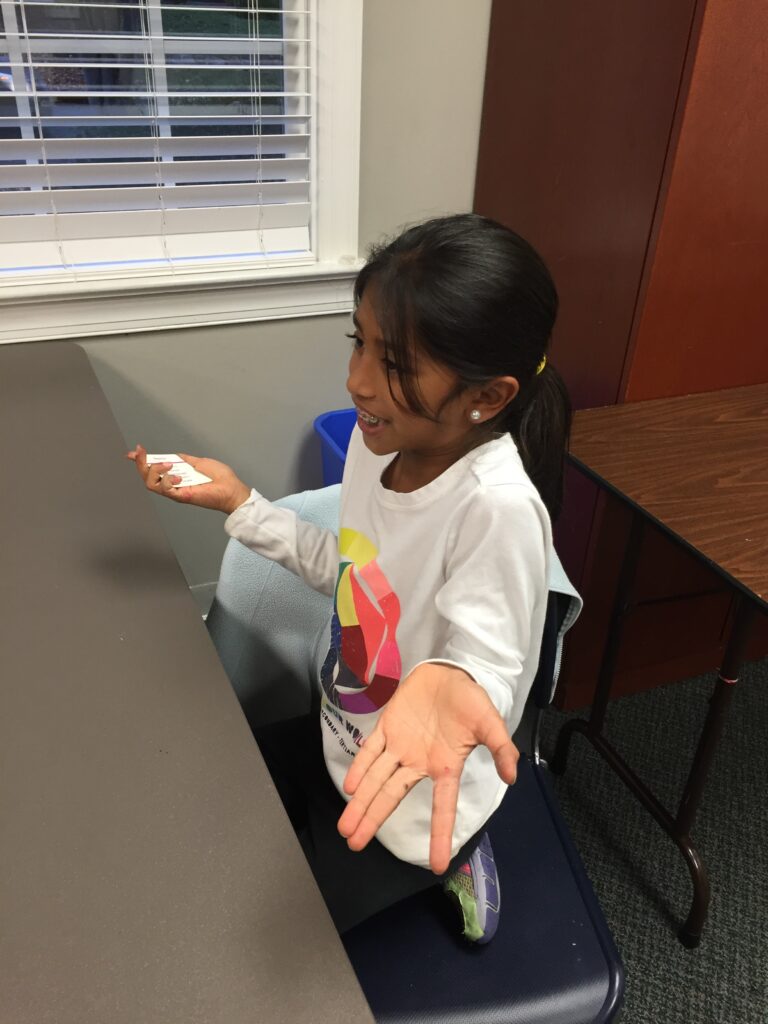
Other Popular Posts Include:
Drawing with Your Young Children Has Long Term Benefits
Help Children Learn to Write: 10 Strategic Steps
B and D Reversals: Clearing Up the Confusion
Subscribe Below!
If you’d like to receive new ideas regularly, you can sign up for my monthly newsletter below!
